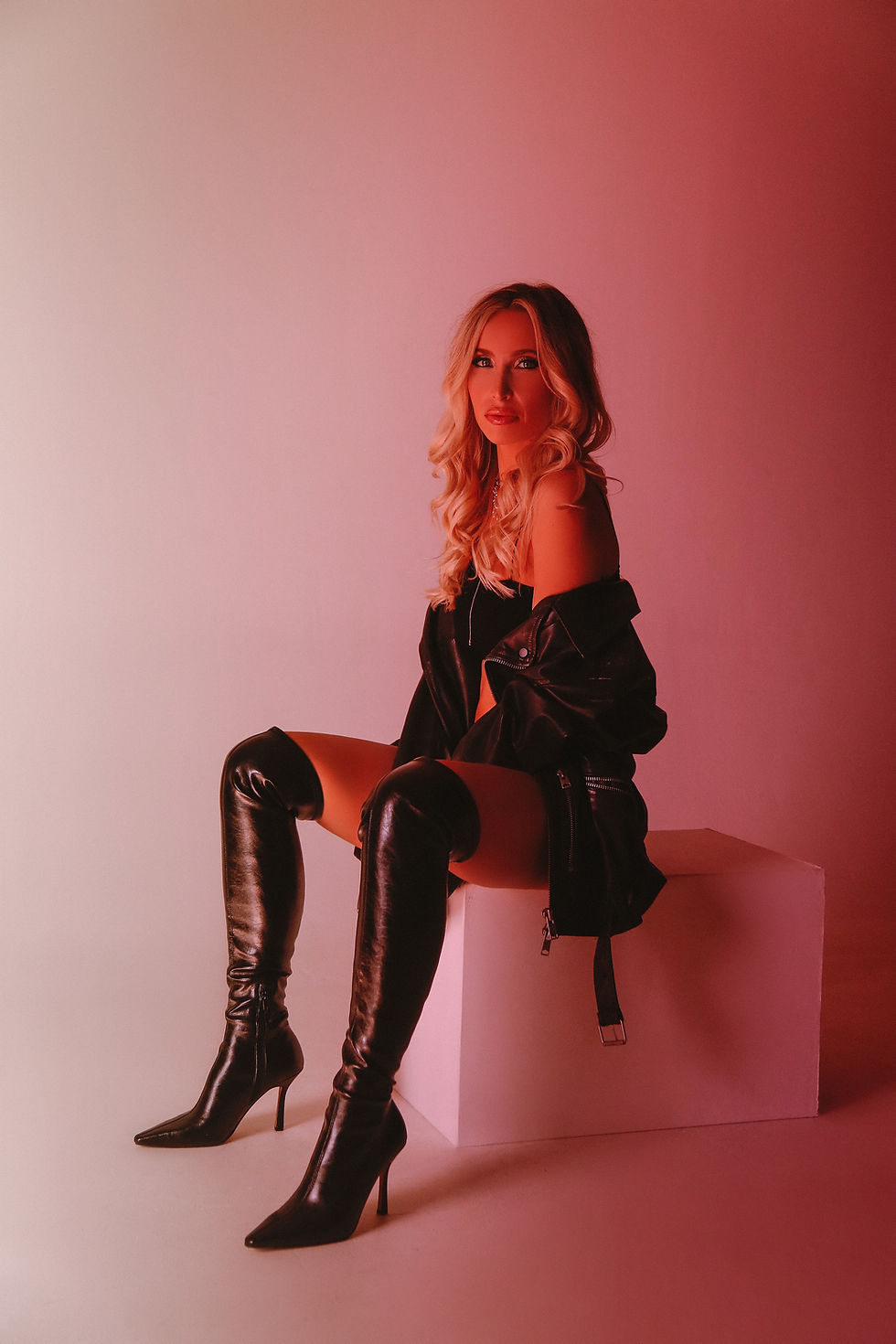From MySpace to Mainstream: How Millennial Musicians Took Over the Internet
- Victoria Pfeifer

- May 18
- 2 min read

Before TikTok trends and Spotify algorithms, there was a digital Wild West called MySpace, and Millennials were the gunslingers who rewrote the rules of the music industry.
In the early 2000s, MySpace wasn’t just a social network. It was the launchpad that birthed a generation of DIY musicians who would bulldoze the old guard and reshape how music is made, shared, and consumed. The pop stars, rappers, and alt-icons dominating the 2020s?
Many of them were forged in the fiery, HTML-coded trenches of MySpace, and they turned the entire internet into their stage.
1. MySpace: The Original Algorithm (Before Algorithms Were Cool)
Forget curated playlists and viral challenges. MySpace Top 8 and profile song choices were the algorithm. Bands and solo acts didn’t wait for A&Rs to discover them; they built fan bases from the ground up.
Artists like Arctic Monkeys, Lily Allen, Owl City, and even Soulja Boy cracked the code early. Upload tracks. Customize pages. Engage with fans directly. Pure digital guerrilla warfare.
It wasn’t a gimmick. It was the blueprint.
2. Millennials Killed the Gatekeepers
Before MySpace, success meant groveling for record deals and praying for radio play. Millennials? They said, “Nah, we’ll build our own damn audience.”
By the late 2000s, MySpace artists were charting independently, getting booked for major festivals, and scoring label deals after they already had the numbers to back them up.
This independence-minded approach seeded the rise of SoundCloud rap, Bandcamp indie, and eventually, TikTok pop. Without Millennials flipping the script, today’s decentralized, creator-first music economy wouldn’t exist.
3. Aesthetic Was Everything—and It Still Is
MySpace didn’t just teach Millennials to promote their music. It taught them branding before branding was a buzzword.
Custom layouts? Check.
Mood-heavy profile pics? Check.
A fully curated “vibe”? Absolutely.
That visual-forward mentality carried into the Tumblr era, then Instagram, and now dominates the artist branding strategies of 2025. What Gen Z calls "aesthetic"? Millennials invented it.
4. Direct-to-Fan Became the Norm
The MySpace generation’s real victory wasn’t just self-promotion. It was fostering fan loyalty without middlemen.
From selling merch via PayPal to organizing street teams through bulletins, MySpace artists created the first version of patron-supported music careers. Fast forward: now we have Patreon, Substack, and artists running full-fledged brands with no label strings attached.
5. They Built the Digital Stage Everyone Now Uses

Millennial musicians didn’t just use MySpace. They built the internet’s music culture.
User-generated content? Born.
Viral sharing? Born.
Hyper-online fan communities? Born.
Everything from K-pop fandom power to TikTok duets has roots in MySpace’s DIY social music culture. And the best part? Millennials didn’t just influence the system. They are the system. Many now run the labels, agencies, and platforms that new artists navigate today.
From MySpace to mainstream, Millennial musicians didn’t just hop on a trend. They created the digital highway that every artist now travels. They killed the gatekeepers. They built the templates. They survived every algorithm change and platform collapse, and they’re still running the game in 2025.


